WI child care providers warn of fewer options, longer waits, higher prices

WI child care providers warn of fewer options, longer waits, higher prices
In 2010, Wisconsin had nearly 9,000 licensed child care providers. By 2015, that number had dropped to slightly more than 6,000. Now, state records show 4,495 licensed child care providers.
MILWAUKEE - Finding affordable, available child care in Wisconsin is not getting easier.
“She was about eight months, so it was really scary,” Asia Netterville said, describing her search for her now-toddler’s child care. “It was really hard to kind of find Glendale Heights, but then we got on the wait list. And I’m like, ‘OK, we’re going to do this. We’re going to give this a shot.’”
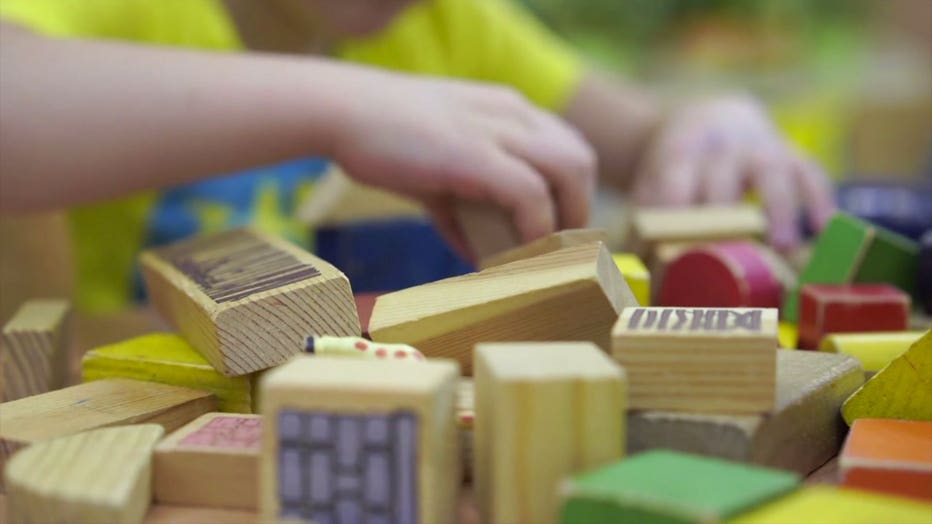
Netterville’s story was common before COVID-19 hit. Now, an industry that was already in crisis pre-pandemic is shrinking even more rapidly, further endangering parents’ abilities to access available, affordable child care.
“It is a little scary for me to see peers of mine and just others that are looking for child care that can’t get good quality child care,” Netterville said.
It’s not just COVID-19
Data from Wisconsin’s Department of Children and Families shows the state’s child care crisis started at least a decade before the pandemic.
In 2010, the state had nearly 9,000 licensed child care providers. By 2015, that number had dropped to slightly more than 6,000.
Now, state records show 4,495 licensed child care providers.
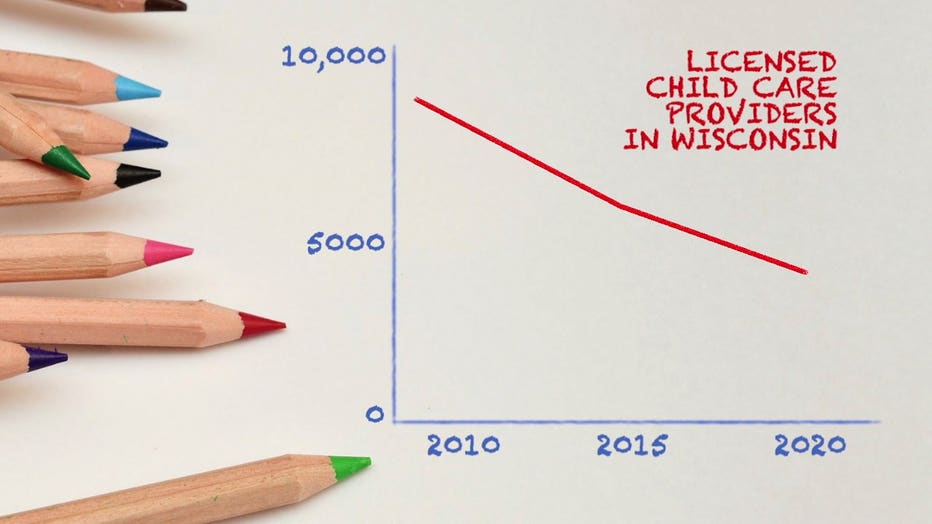
“Providers can`t meet the bottom line and parents can’t support it,” Wisconsin Early Childhood Association Executive Director Ruth Schmidt said.
The organization Child Care Aware says the average annual cost of center-based infant care in Wisconsin is often higher than in-state college tuition. But that expensive check often isn’t expensive enough for providers to have anything but razor-thin profit margins.
FREE DOWNLOAD: Get breaking news alerts in the FOX6 News app for iOS or Android
Child care providers who spoke to FOX6 say much of their revenue goes back into meeting state regulations, like having enough staff for child-to-teacher ratio requirements, in addition to expenses like rent, utilities, cleaning, and insurance.
In a class of 18 children, three different providers said they’re doing well if numbers 16, 17, and 18 are their profit.
Recognizing the economic impact of shrinking child care options over the last decade, the state’s Department of Children and Families had secured grants to work on making child care more affordable and available.
“So we were feeling really good going into March,” DCF Secretary Emilie Amundson said.
Then, the pandemic hit.
‘Devastating’
Most of Wisconsin’s child care providers temporarily closed at some point during the pandemic. Maria Fitz-Gibbon, who owns and operates Leap Academy Child Care in Dane County, was able to keep her closure to two weeks.
“Overnight, we went from full with waiting lists at both centers to about 30 kiddos at each center,” Fitz-Gibbon said.
Cheryl Peters, who owns and operates Glendale Heights Child Care, had to close for two and a half months.
“This was just the most devastating thing that we’ve ever experienced,” Peters said.
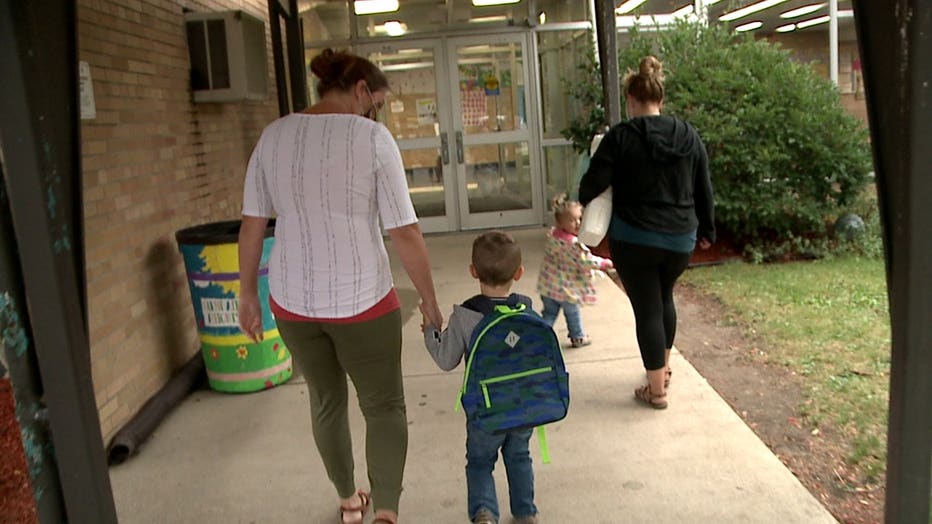
“We were home for 11 weeks,” Nick Bandoch said as he dropped his son off at Glendale Heights. “I worked from home and stayed home with the kids. We had an in home care person that came for half the day so dad could try to get some work done. And we made it work. Mom’s in health care so she’s an essential worker and had to be working.”
When child care providers started to re-open, Bandoch’s family and thousands of others across the state had to wrestle with the decision: Keep the kids home out of concerns for safety, or trust the new social distancing and cleanliness procedures and send them back?
“I don’t think there’s really any replacement for having the kids at school, being with their friends, and learning in the environment they learn best,” Bandoch said.
Peters and Fitz-Gibbon say they’ve managed to keep COVID-19 at bay through a combination of rigorous cleaning standards, masks, temperature checks and symptom questionnaires for parents at the door, limiting the number of people allowed inside their buildings, and preventing their classes from mingling.
“Sending them home when they have a stuffy nose is not ideal,” Glendale Heights Child Care teacher Colleen Giorgi said. “And it’s definitely not something a parent wants to hear, but our job is to keep everyone safe.”
While most of Wisconsin’s child care providers eventually re-opened, the Department of Children and Families estimates ten percent, roughly 400 providers, are still closed.
And for those who’ve managed to open, like Peters and Fitz-Gibbon, it’s not exactly happily ever after.
New numbers in the 'new normal'
“We’re lucky to break even,” Fitz-Gibbon said.
“We thankfully had a savings account that we’re using and relying on,” Peters said. “Can we do this forever? Probably not.”
Some parents decided to keep their children home long-term. But many providers are deliberately keeping their capacities low, some as a result of municipal COVID-19 restrictions and some because of their own decisions about safety measures.
Peters says her child care center is half-full, with her revenue down 40 percent.
“We came back for the kids,” Peters said, crediting her staff for their dedication.
Fitz-Gibbon is at 85 percent capacity, yet is turning parents away.
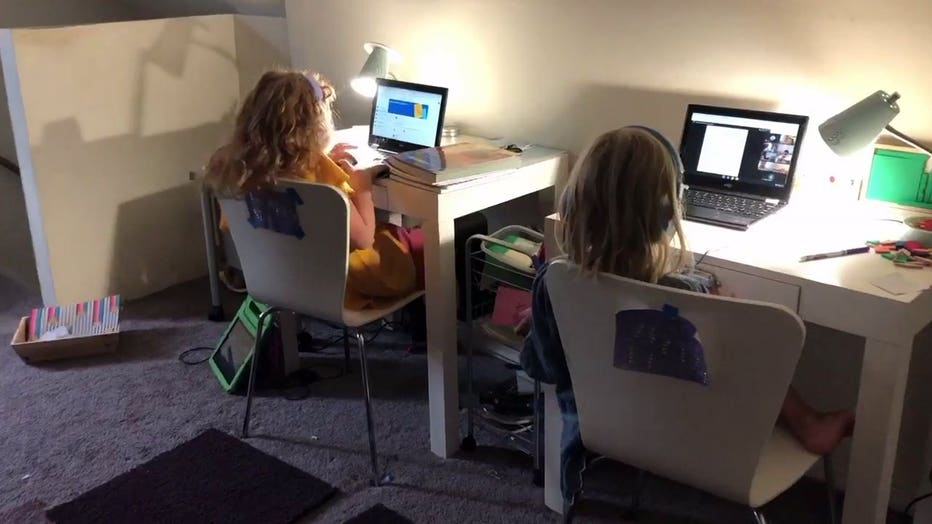
“It feels bad,” Fitz-Gibbon said. “Especially when they call and they`re panicked about needing something immediately or in the next couple weeks. And I just don’t foresee anything opening up.”
Both Fitz-Gibbon and Peters have raised tuition, but say it has not done much to make up for their revenue shortfalls. They fear as more providers raise tuition, more parents will be priced out of quality, licensed child care.
Wisconsin Early Childhood Association estimates by the end of summer, the state lost 50,000 - that’s nearly 30 percent - of its child care slots.
Data from the Department of Children and Families shows, as of the end of summer, 39 percent of the state’s open providers had zero open slots for any age; 59 percent had zero open slots for children younger than two.
Caroline Jens, consultant and founder of Child Care Biz Help, says infant care is usually the first to go because it is so expensive to offer. State regulations require one teacher for every four infants.
As a result, Jens says even though infant care is important, it often makes more business sense for cash-strapped providers to prioritize offering care for older children; some have partnered with school districts to provide locations for virtual learning.
“We’re having to get smart and creative in order to keep our doors open,” Jens said. “If we do not get some support, we are going to lose a really important piece of our community...how are you going to find a spot for your infant?”
What now?
Department of Children and Families Secretary Emilie Amundson is quick to point to child care as the key to opening Wisconsin’s economy. That’s why the state has already put roughly 80 million dollars of CARES Act money toward Wisconsin’s child care industry.
But Wisconsin Early Childhood Association says that 80 million only covered 14 weeks of the state’s child care expenses; it’s been 28 weeks since child care providers had to change the way they operate.
“If there was an end, we could say, ‘Oh we could have x amount of dollars and we could make it through,’ Cheryl Peters said. “But not knowing, it’s a struggle.”
Wisconsin is not the only state struggling with this issue; it’s a nationwide problem. But pushes to send more federal dollars to the child care industry are stalled in Congress, leaving any re-imagining of child care funding to the states.
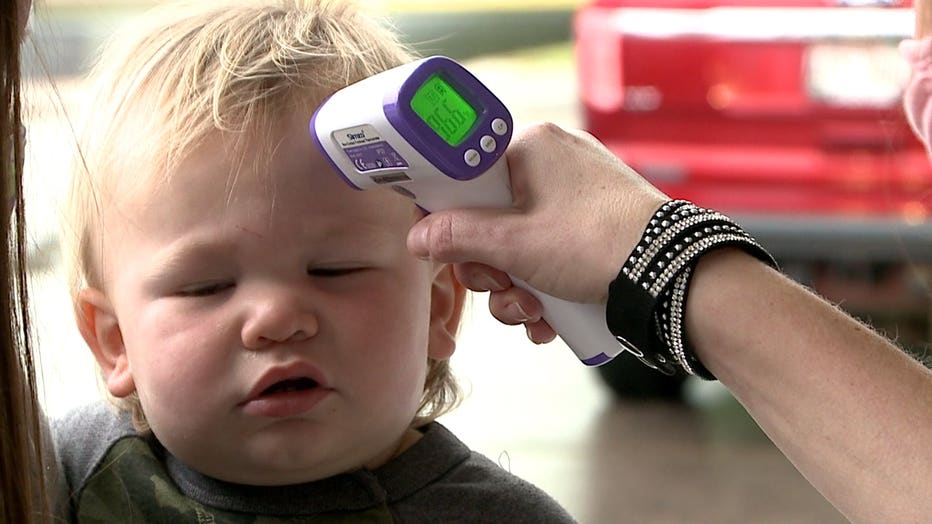
“Do I think that’s going to happen in this budget? No,” Amundson said emphatically. But while Amundson does not believe Wisconsin will be able to reinvent its child care structure in the next budget cycle, she does believe there is an appetite for directing more funding toward the industry.
Wisconsin Early Childhood Association is pushing for the next budget to set aside 60 million dollars per year for child care stabilization, plus an expansion in subsidies for families who struggle to afford care.
FOX6 could not find any state lawmaker who would say the state’s child care landscape is currently in good condition, but they will likely debate the amount of money directed toward the industry.
While state lawmakers fight that out at the Capitol, child care providers say they will fight to stay open.
“We have a lot of people who are on the frontlines of COVID-19, but we’re right behind them,” Glendale Heights Child Care teacher Savannah Burkes said. “Because for them to be able to go to work and help and be there for others, they need us.”

